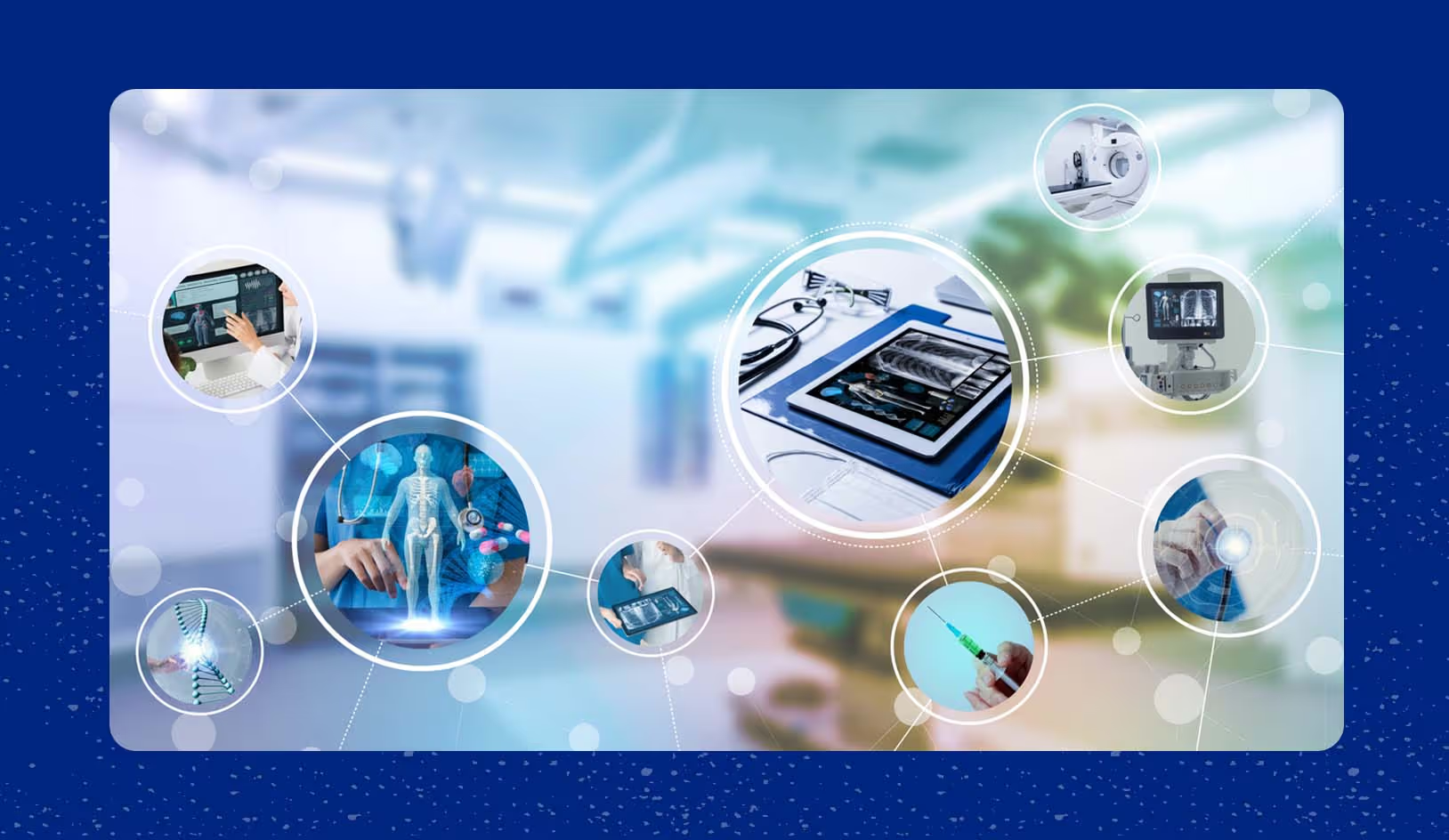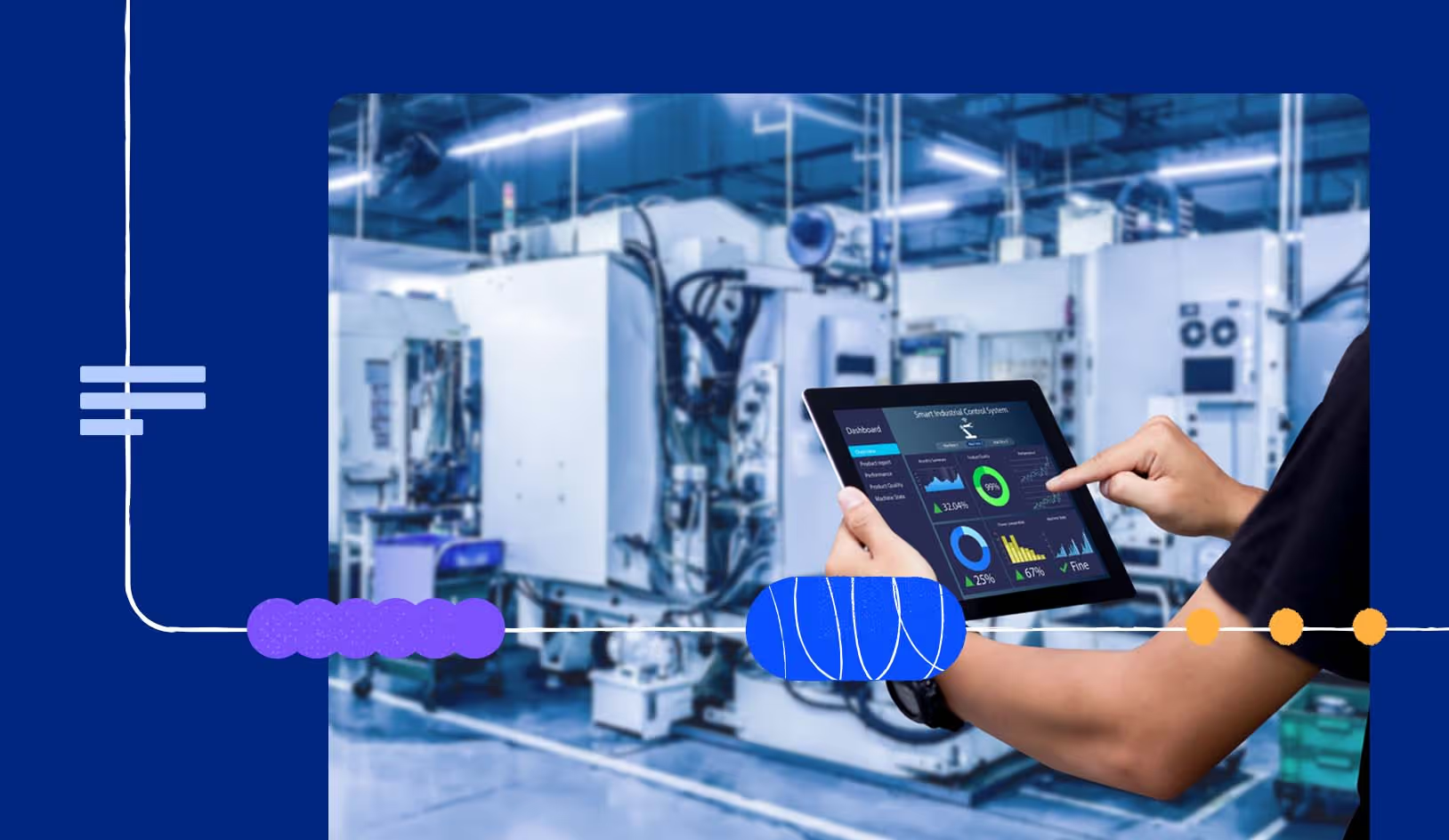The insurance industry has experienced enormous upheavals in recent decades. For example, in the past, most insurance carriers relied on local agents for distribution, as well as initial risk assessment based on insights gained from living in the market and knowing the customers personally. In fact, in the early aughts, 80% of personal auto policies were placed with an agent, and the numbers were even higher for homeowners and small commercial policies. In the past two decades however, advanced predictive models have reduced the value of agents in risk assessment, and online channels and self-service kiosks allow customers to interact directly with their carriers, purchasing policies and submitting claims without going through an agent.
IoT (Internet of Things) has also shaken up the insurance industry over the past decade. IoT technology connects physical objects, devices, and sensors to the internet, enabling them to collect and exchange data. The growth in their use has been staggering. An Inside Intelligence research report predicts that there will be 91.3 fitness and health app users in the US in 2023, up from 88.5 million in 2022.
IoT allows insurers to gather real-time, individualized data about risks and customer behavior, anything from vehicle telematics to property conditions to health metrics. Insurers can use this data to assess risk accurately, leading to personalized policies and fairer premiums. For example, auto insurers can offer usage-based insurance (UBI) policies that adjust rates based on a driver's behavior, encouraging safer driving. This data-driven approach is transforming how insurance is underwritten, priced, and managed.
The Proliferation of IoT Devices
There are many types of IoT devices available, that are being utilized in different lines of business in the insurance industry including P&C, health, life, auto, commercial, and more. Below are some examples.
- Telematics in auto insurance: Many auto insurance providers are using IoT-enabled telematics devices to monitor driving behavior. These devices track parameters like speed, braking, and mileage. Safe drivers can earn discounts, while riskier behavior leads to higher premiums.
- Smart home insurance: Some insurers are now offering smart home insurance and giving discounts to policyholders who install IoT devices like leak detectors, smart thermostats, and security cameras. These devices not only enhance security but also reduce risk by drawing attention to problems before they cause significant damage.
- Health Insurance and Wearables: Many health insurance providers are partnering with wearable technology providers to encourage policyholders to lead healthier lives. Individuals who meet health goals tracked by these devices can get policy discounts or other insurance incentives.
The number of IoT devices worldwide has grown rapidly, from 8.6 billion in 2019 to 15.4 billion in 2023, and predictions to reach 29.4 billion by 2030. The insurance industry has been quick to leverage that growth. According to a recent report by Allied Market Research, the global IoT insurance industry generated $31.5 billion in 2022 and is estimated to reach $686.9 billion by 2032, a staggering CAGR of 36.4%.
Transforming Risk Assessment with IoT
Real-time data from IoT devices offers a more holistic view of potential risks, looking at multiple variables and adapting to changing circumstances. Unlike the data used in traditional prediction models which was static, real-time data from IoT devices provides insurers a comprehensive and dynamic understanding of potential risks.
For example, imagine that Ian, a 48-year-old male has applied for life insurance. At the time he applied, Ian smoked and was overweight, putting him in the high-risk category. But after he purchases the policy he quits smoking and begins an intense weight loss and exercise program. The costs of a traditional policy wouldn’t reflect the changes in his lifestyle and the reduction in risk. However, a policy based on real-time monitoring would, and would likely lead to a significant reduction in his costs. Studies show that customers like Ian are looking for options that reward good life choices. In fact, a 2023 study by Bain and Company showed that 59% of customers worldwide want life insurers to reward them for healthy living.
Leading insurers are already implementing IoT-based risk assessment. For example, leading US provider State Farm offers users discounts of up to 30% on auto insurance policies when they use a connected app in their car.
Benefits for Insurance Providers
Efficient and accurate policy pricing
Continuous monitoring with IoT devices gives insurers real-time data and insights into customer behaviors and usage of insured assets, including detailed information about their policyholders' homes, vehicles, or health. This data enables insurers to assess risk more accurately, personalize premiums, and even offer preventative measures to reduce the likelihood of claims.
Reduced fraudulent claims due to continuous monitoring
Continuous monitoring with IoT devices can be a formidable deterrent against insurance fraud. Since IoT devices offer real-time insights into insured assets they create a transparent and verifiable record of events. For instance, in auto insurance, telematics can track driving patterns and accident data, making it harder for policyholders to fabricate or exaggerate claims. In property insurance, IoT sensors can detect anomalies and potential threats, making it more difficult for individuals to stage incidents. The accurate, continuous data provided by IoT devices not only discourages fraudulent behavior but also enables quicker fraud detection, safeguarding the integrity of insurance policies and reducing costs for both insurers and policyholders.
Enhanced customer engagement and trust
IoT device monitoring allows insurers to offer customers increased transparency, convenience, and personalized experiences. When policyholders can access real-time data about their assets, such as the condition of their home, the performance of their car, or their health metrics, they feel more in control and connected to their insurance coverage. This transparency fosters trust as customers can verify the accuracy of their premiums and claims, reducing suspicion and disputes. Moreover, insurers can use this data to offer tailored advice, rewards for responsible behavior, and timely assistance in case of emergencies. This personalized approach not only improves customer satisfaction but also strengthens the bond between insurers and policyholders, fostering a sense of partnership and loyalty in the insurance relationship.

Advantages for Policyholders
The advantages benefit policy holders in addition to providers.
Reduced insurance premiums
Why should one policyholder have to cover the costs of risks created by another? IoT allow carriers to base policy pricing on real-time data, at the level of the individual. That means that people who don’t engage in risky behavior are likely to benefit from reduced insurance premiums once their individual behavior can be monitored.
Incentives to adopt safer and healthier habits
We all want to live a healthier lifestyle, but sometimes it can be hard to get started. Insurance pricing incentives can give policyholders the push they need to do the right thing, whether it is safer driving, more exercise, or even keeping up with house maintenance.
Faster claim processes
Claim processes are renowned for being long and drawn out, primarily because it takes time to collect and process the relevant data. The long waits can be frustrating for policyholders, especially when they have experienced a loss. IoT data, on the other hand, is available immediately, making the claims process faster and easier.
Challenges & Concerns
Despite the clear advantages, there are challenges and concerns regarding the proliferation of IoT devices in insurance. For example, customers may be hesitant to share sensitive health data or their whereabouts at all times. Insurance carriers must have robust security mechanisms and up-to-date policies in place to overcome their concerns.
Regulation has been unable to keep pace with the fast pace of IoT proliferation. For example, there is a clear need for global, standardized data protocols across IoT devices, something that has not yet been established.
Looking Ahead: The Future of IoT in Insurance
As IoT devices are increasingly adopted in all aspects of life, the data they provide will become the backbone of the insurance landscape as well. In addition to the growing adoption of IoT devices in existing insurance use cases, it’s likely that new use cases will arise in the near future.
Potential new insurance products or packages based on IoT integrations may include things like:
- Travel insurance: IoT-integrated travel insurance may become more tailored to individual travelers' needs. For instance, policies could be adjusted based on real-time travel itineraries, health data, and weather conditions, ensuring travelers have the right coverage for their specific circumstances.
- Environmental and climate insurance: As climate change continues to impact the world, IoT sensors will play an important role in assessing and mitigating environmental risks. Insurers may develop products related to climate change adaptation, including coverage for extreme weather events, flood insurance based on real-time river data, and carbon emissions reduction incentives.
- Cyber insurance: IoT devices connected to the internet are vulnerable to cyber threats. Insurers will expand their cyber insurance offerings to include coverage for IoT security breaches, data theft, and privacy violations, helping businesses and individuals safeguard their digital assets.
Wrapping it up
IoT data can lead to better risk management and enhanced customer experiences in the insurance industry. Even though it has not yet penetrated all aspects of insurance, it’s rapidly gaining traction and is likely to be widely used in the future. Utilizing IoT data offers insurers more than a competitive advantage—it’s a way to prepare for the dynamic needs of the future.





